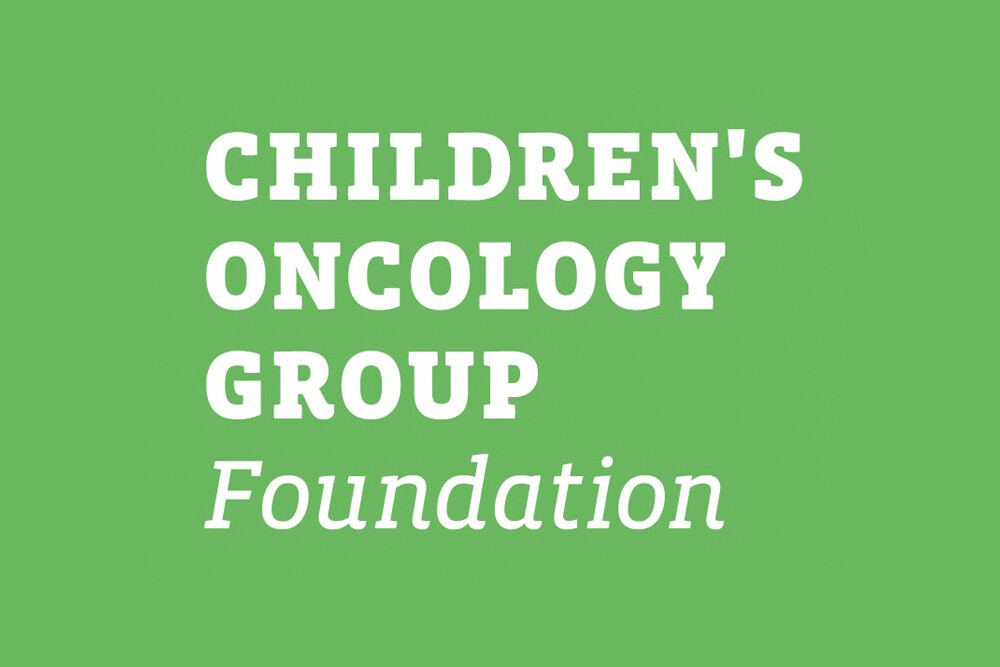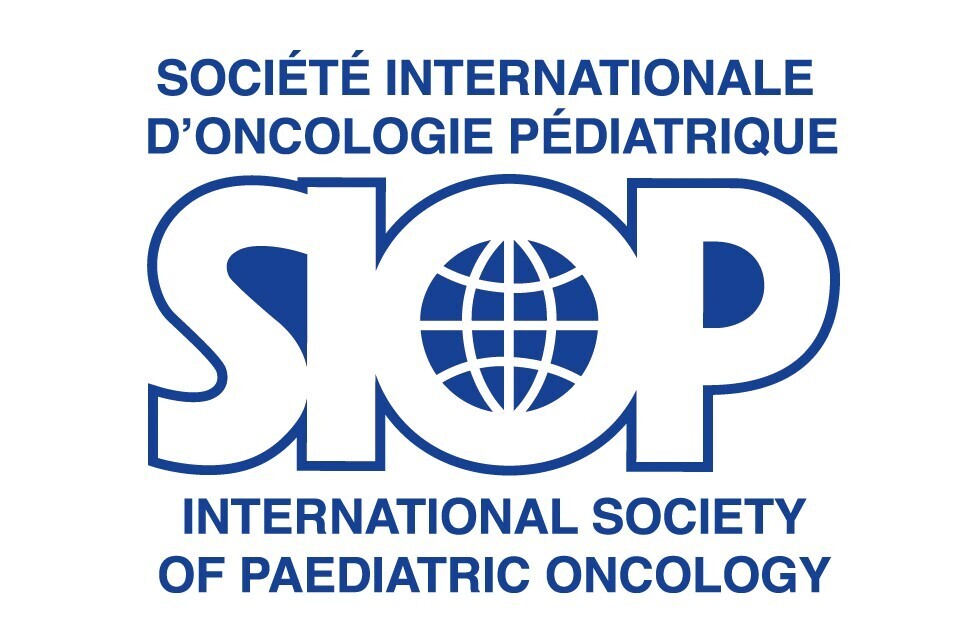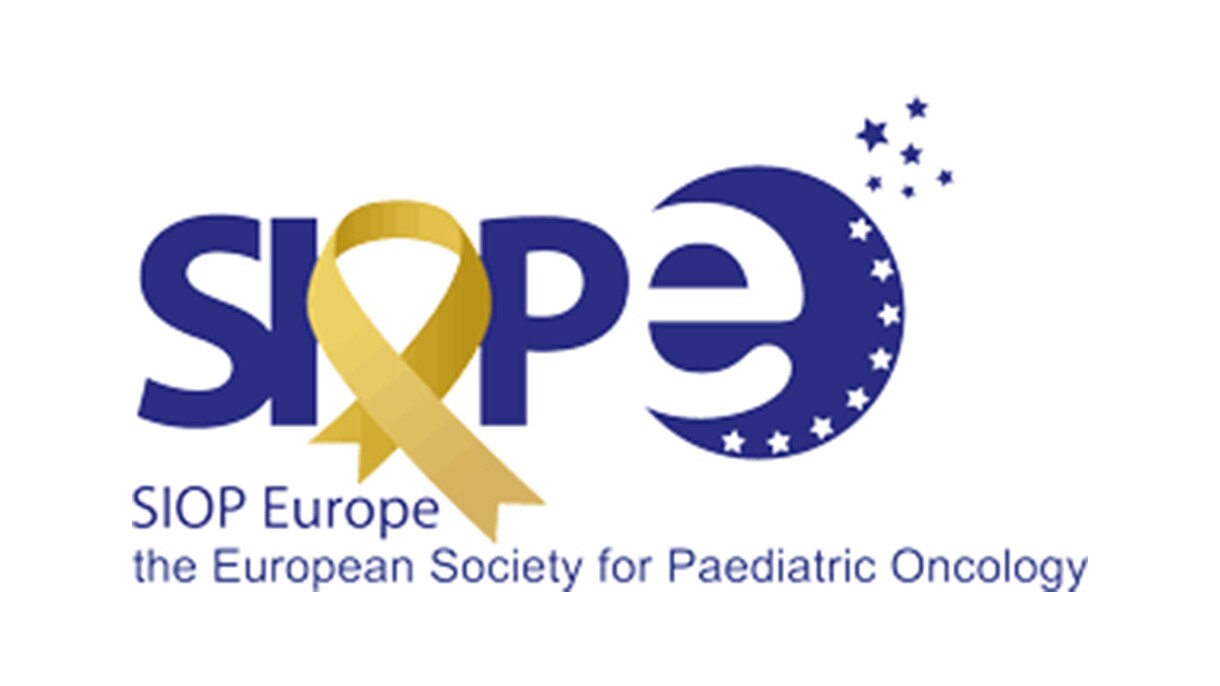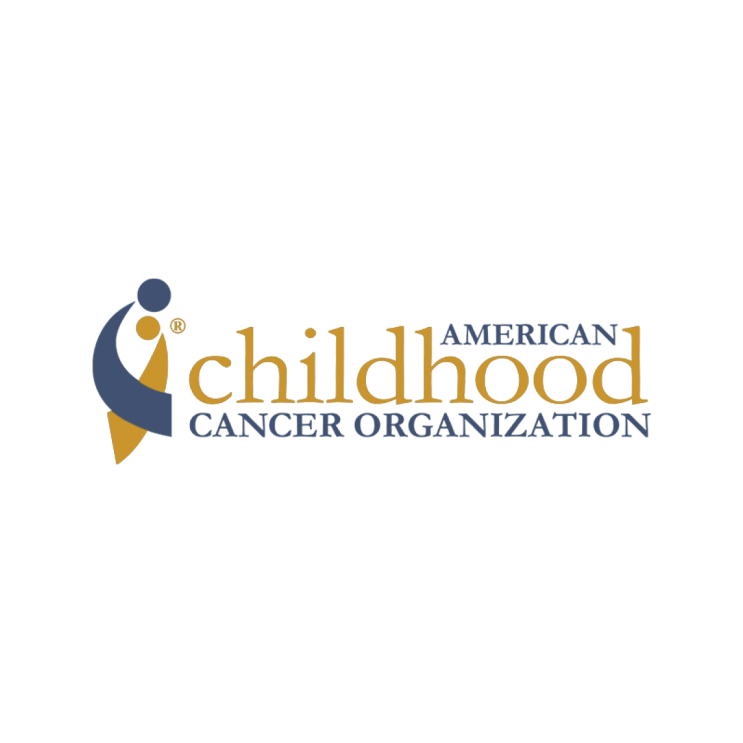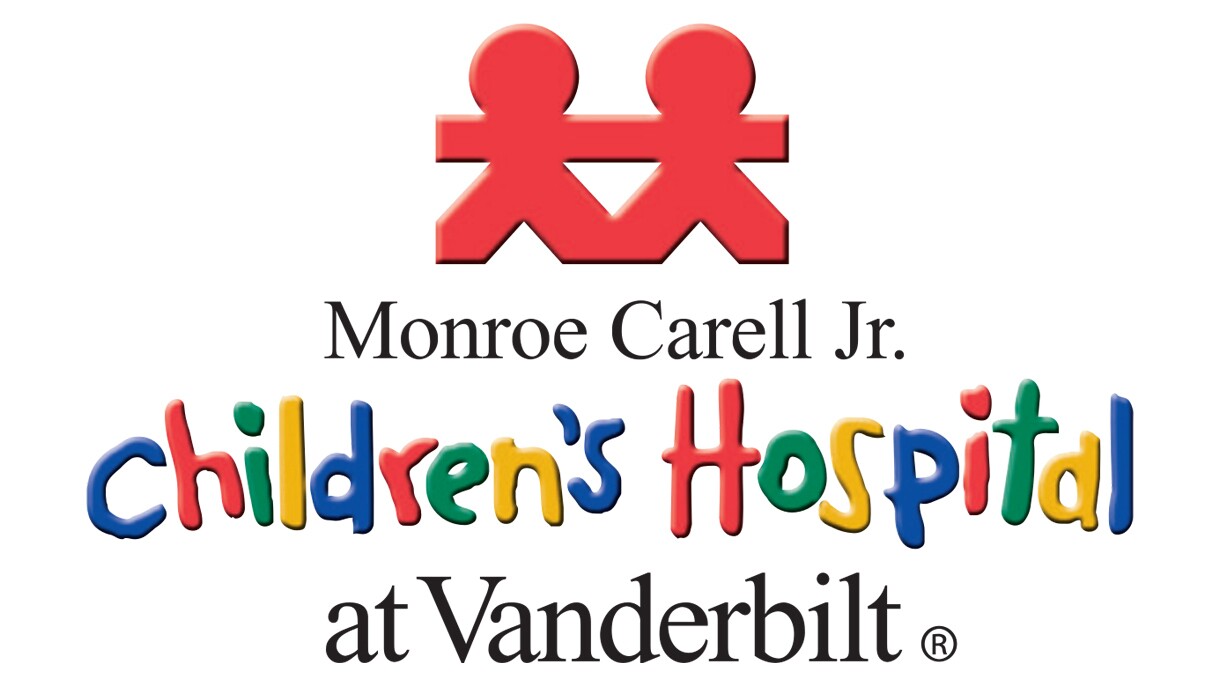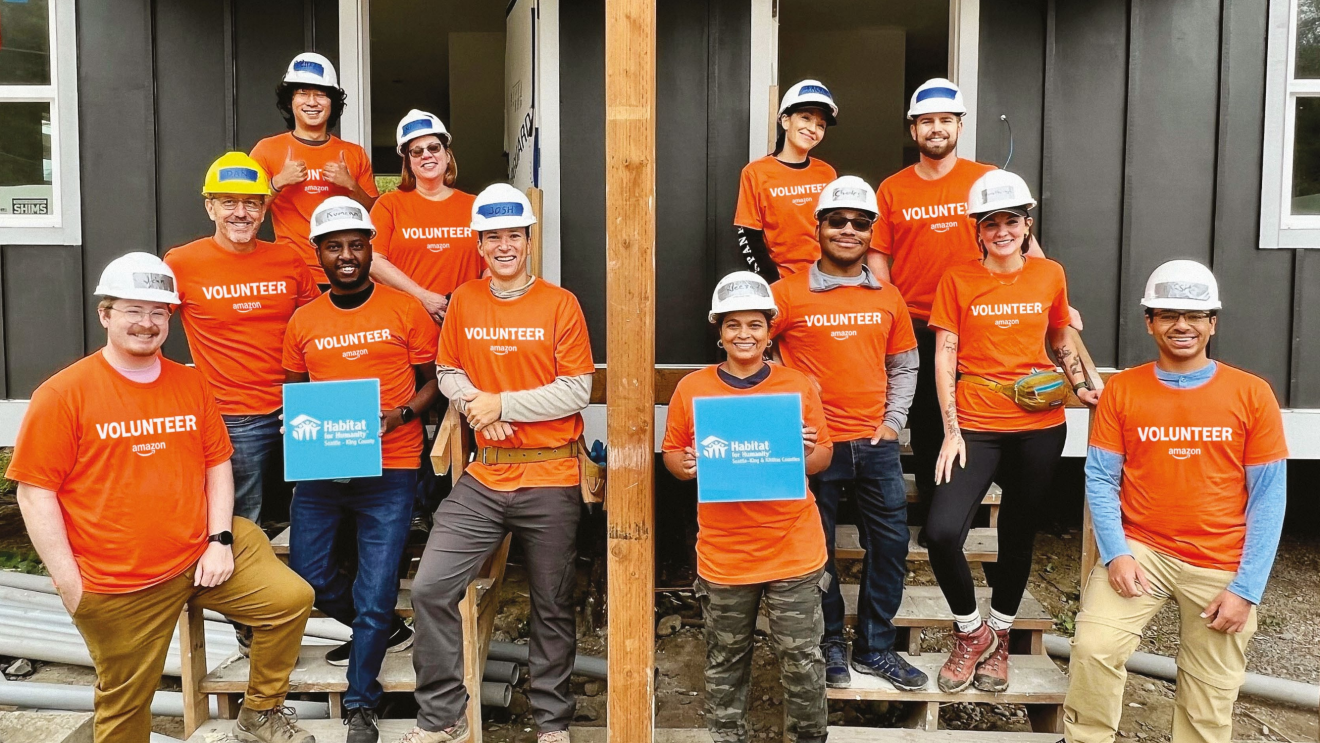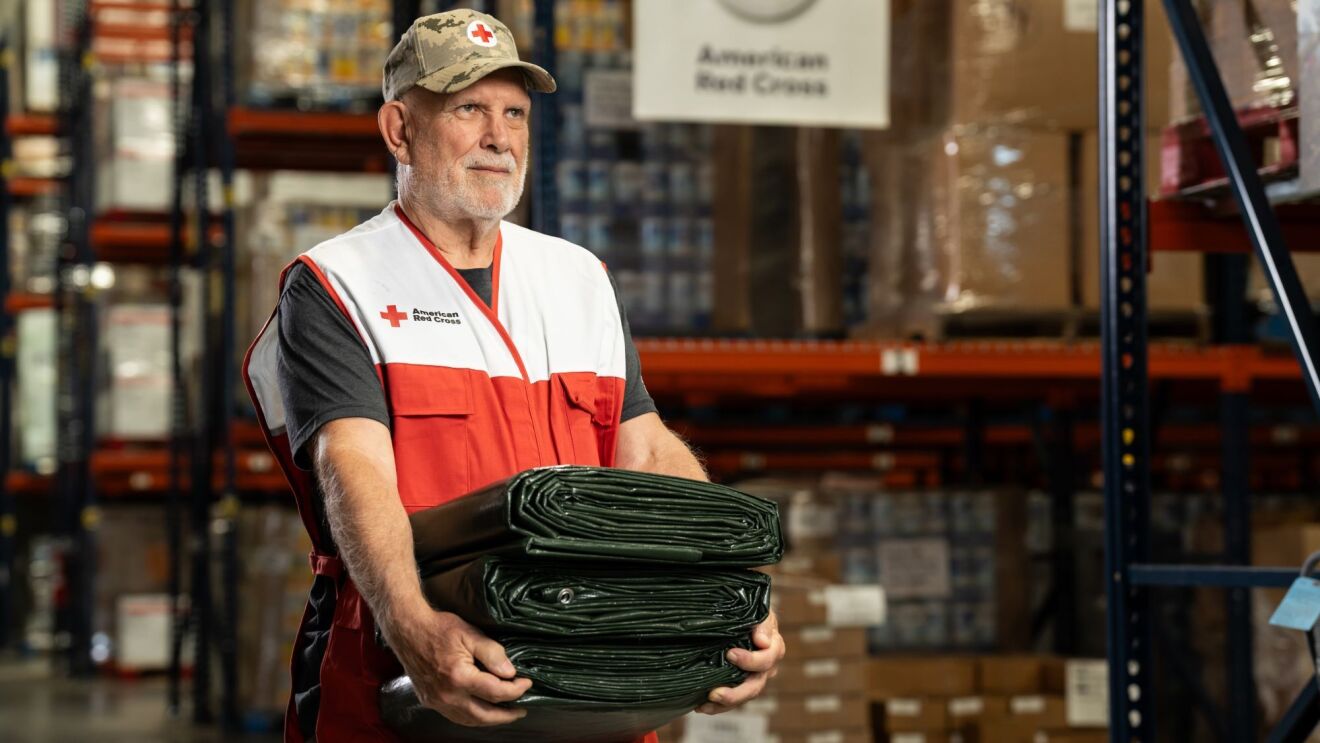September is Childhood Cancer Awareness Month, and Amazon will “go gold” for the sixth year with its annual Amazon Goes Gold for Kids with Cancer global campaign, which helps raise funds and awareness for pediatric cancer research.
The gold ribbon is the universal symbol for childhood cancer, and this year alone, 400,000 children will be diagnosed with pediatric cancer worldwide. Most children affected by the disease can now be cured, with an 85% survival rate, if the right treatment and funding are available. Since 2017, Amazon has donated $16 million worldwide to pediatric oncology programs, and this year Amazon is donating more than $5 million worldwide to leading cancer research institutions as part of its commitment to have a meaningful impact in the communities around the world.
Each September, Amazon employees have many opportunities to show solidarity to kids with cancer, such as volunteering at nonprofits supporting children and families affected by childhood cancer and taking part in local walks or runs to raise funds for pediatric cancer. Some of these employees across the globe have shared their own personal stories about how cancer has affected their lives—and what campaigns like Amazon Goes Gold for Kids with Cancer means to them.
Children with cancer often spend months—even years—living in their pajamas, as they undergo critical treatments such as chemotherapy, radiation, and surgery. That’s why on September 20 and 21, thousands of Amazon employees across the globe will wear pajamas or gold to work, virtually and in person, to show solidarity to the kids affected by cancer.
Meet three individuals who inspire us to continue supporting leading pediatric oncology programs around the world.
Kevin White, Amazon general manager in San Antonio, Texas
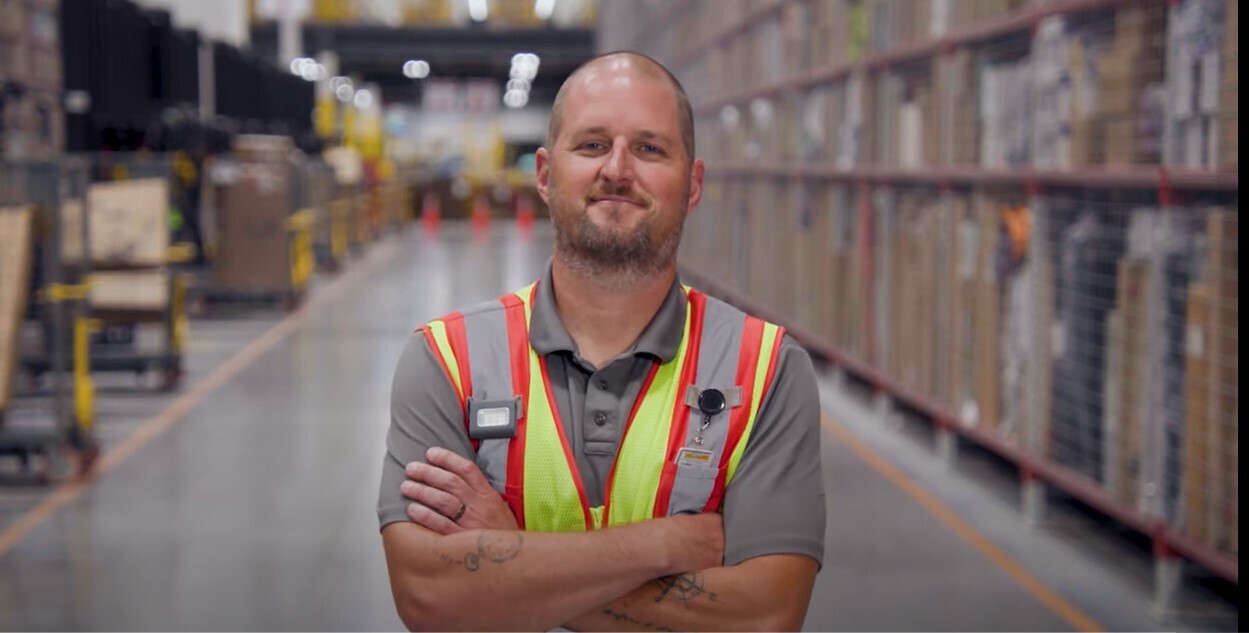
White joined Amazon in 2016. Just a few months later, his daughter, Sequoia, was diagnosed with Non-Hodgkin T-cell lymphoma and leukemia. Suddenly thrust into a new world of navigating hospitals, doctors, and treatments, White said the support he received from fellow Amazon employees allowed him to focus on his family. "I was never put in a position to choose. The culture that we have here is to support people," he said.
White’s family knows there are other kids around the world who continue to fight every day, and they chose to share their story to help raise awareness. He hopes that as awareness increases, new technology will follow. Today, Sequoia is cancer-free and attends Baylor University. White continues his work to spread awareness and support other Amazon employees who are facing a childhood cancer diagnosis.
Stephen Burnell, Amazon health and safety manager in Doncaster, U.K.

When Burnell’s son, Andrew, began feeling unwell, he and his wife both knew right away that something was not right. As an active toddler, Andrew was diagnosed with acute lymphoblastic leukemia. At the time, the survival rate for pediatric cancer was around 60%, but, as Burnell explains, “to get in that 60% group, you'd have to have years of chemotherapy,” which could be traumatizing for a 3-year-old to experience. Andrew is now 21 and is in remission, and Burnell hopes that someday there will be a time when every family can receive the same news. This is why Burnell is proud to see how sites around the globe get involved in Amazon Goes Gold for Kids with Cancer, since he knows firsthand the difference that this campaign and raising even greater awareness can make.
Takuji Kaneko, Amazon site leader in Osaka, Japan
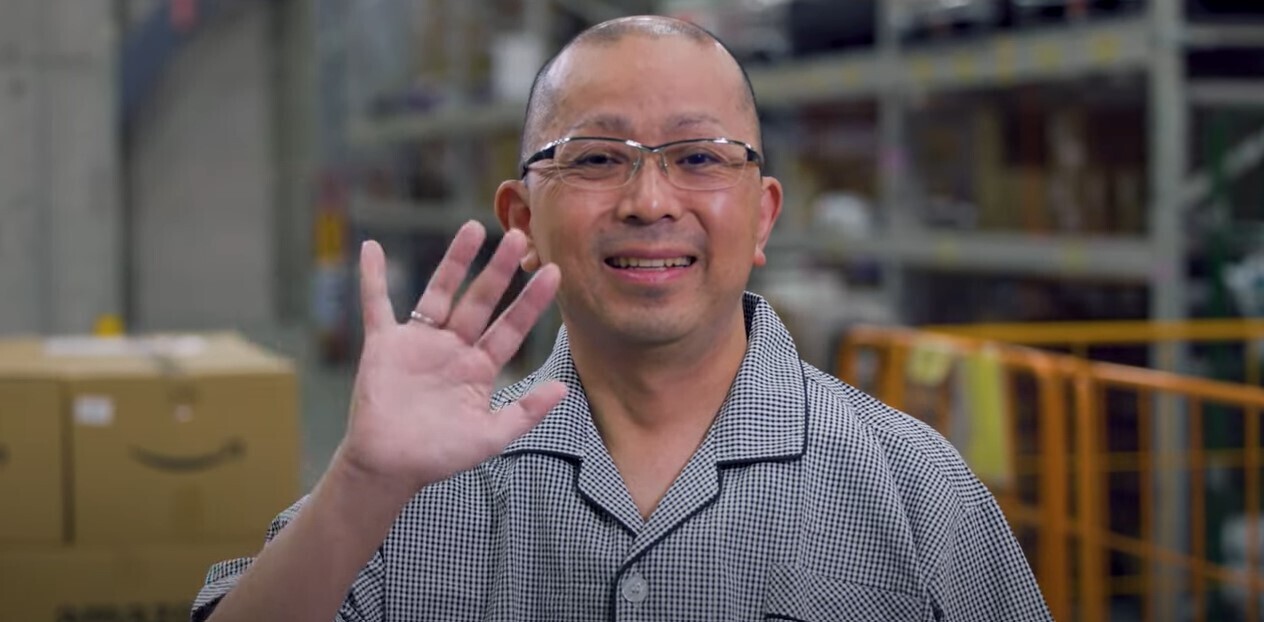
Kaneko joined Amazon 10 years ago. In 2020, he was diagnosed with acute lymphoblastic leukemia. He admits that he did not know much about pediatric cancer before he got his own cancer diagnosis, but as he dealt with his illness, he could only imagine how difficult treatment would be for a child. Kaneko shares his personal experience with cancer to help his colleagues better understand the significance of this cause. He encourages all Amazon employees to wear their pajamas to work this September in solidarity with children living in hospitals in their pajamas.
In addition to learning from Amazon employees connected to this cause, we spoke with the team at a children's cancer clinic at the Heinrich Heine University Düsseldorf in Germany. Gabriel Hänsel, a retired pediatric nurse, and Dr. Dirk Klee, head of radiology, shared how campaigns like Amazon Goes Gold for Kids with Cancer has directly improved the experiences of their patients. The clinic was born out of the desire to offer children the best therapy and improve their quality of life throughout treatment. Hospitals can be sterile and intimidating to young patients, and developing a friendly atmosphere where children can play is really important for making the kids comfortable and happy. Through a long-standing partnership with Amazon, the cancer clinic was able to brighten up their space with room renovations, a new playroom, music therapists, and more. Most recently, local donations were used to purchase a new television for the radiology room where children receive MRI scans to help serve as a distraction and way to keep children calm.
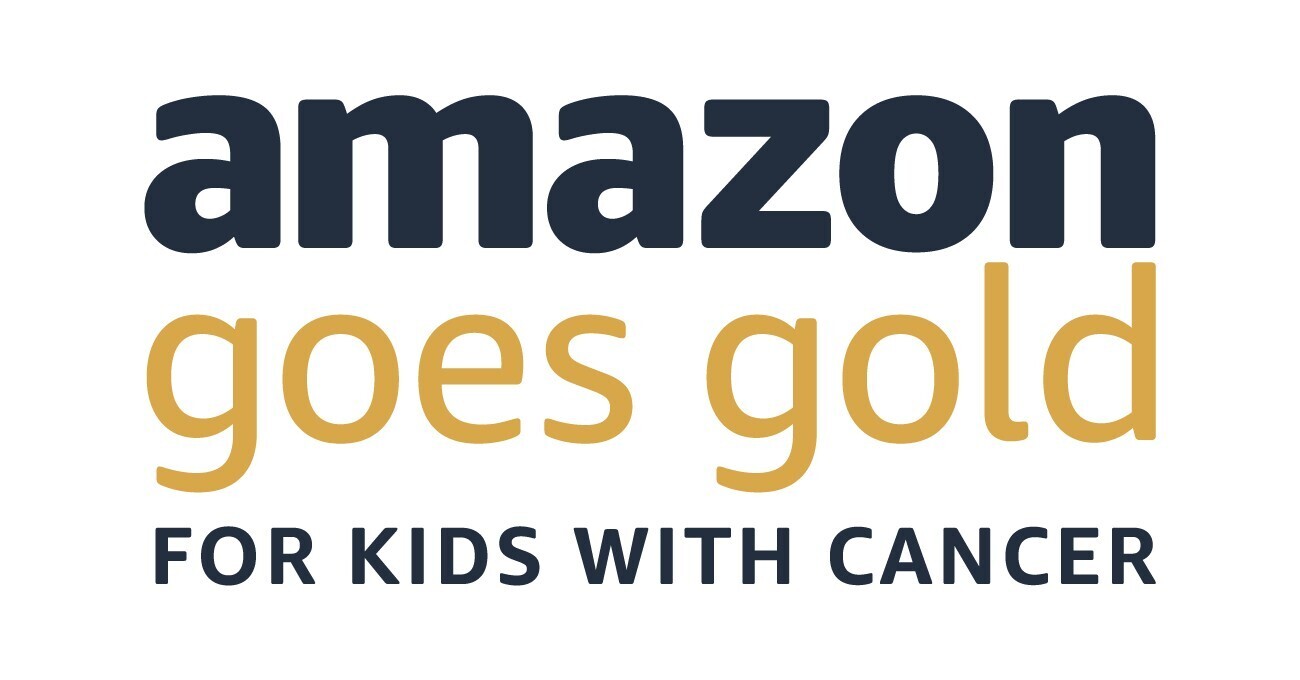
Inspired by individuals like White, Burnell, Kaneko, Hänsel, and Klee, learn more about Amazon Goes Gold for Kids with Cancer’s partners and the incredible work they’re doing to advance the field of childhood cancer research. Below is a list of some of the cancer research organizations that Amazon funds as part of the campaign:
01 / 09
Trending news and stories
- ‘Young Sherlock’ premieres March 4: How to stream the Guy Ritchie series on Prime Video
- Alexa+ can now answer your Ring doorbell and talk to visitors
- ‘Beast Games’ Season 2 is coming to Prime Video—See the new trailer
- How Amazon Pharmacy has helped customers save more than $100 million on prescription medications like GLP-1s and insulin

